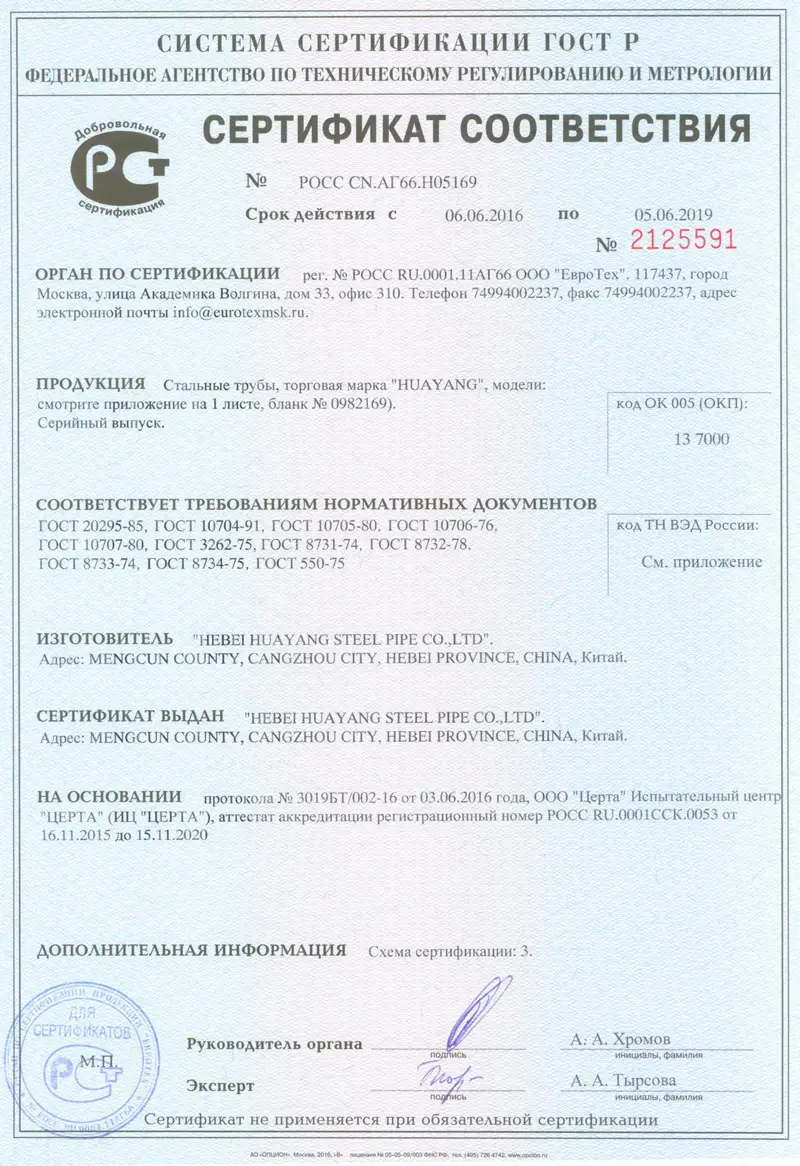
aŭg . 12, 2024 19:02 Back to list
Innovative Applications and Benefits of Hydroxypropyl Methyl Cellulose in Modern Industries
Hydroxypropyl Methyl Cellulose A Versatile Polymer in Modern Applications
Hydroxypropyl Methyl Cellulose (HPMC) is a versatile, non-ionic cellulose ether that has gained popularity across various industries due to its unique properties and functionalities. Derived from natural cellulose, HPMC is synthesized through the modification of cellulose with propylene oxide and methyl chloride, resulting in a compound that boasts hydrophilic characteristics. This article explores the significance, applications, and benefits of HPMC in modern industries.
Hydroxypropyl Methyl Cellulose A Versatile Polymer in Modern Applications
In the pharmaceutical industry, HPMC is recognized for its biocompatibility and stability. It is commonly used as a polymer matrix for controlled drug delivery systems. HPMC's gel-forming ability in aqueous solutions allows for a sustained release of active ingredients, ensuring that medications are dispensed gradually over time. This is particularly beneficial for patients requiring long-term medication management, as it enhances therapeutic efficacy while reducing the frequency of dosing. Additionally, HPMC is often employed in tablet formulations as a binding agent, enhancing the integrity and dissolution profile of the tablets.
hydroxypropyl methyl cellulose

The food industry also benefits from the inclusion of HPMC. As a food additive, it acts as a thickening agent and emulsifier, contributing to the texture and stability of various products. HPMC is used in sauces, dressings, and dairy products to improve mouthfeel and prevent separation. Its capacity to form a gel when mixed with water makes it appealing for low-fat and gluten-free food formulations, replacing fats and gluten to enhance consistency while maintaining a desirable texture. Importantly, HPMC is considered safe for consumption and is classified as a Generally Recognized as Safe (GRAS) substance by the FDA, further facilitating its usage in food products.
In the cosmetics and personal care sectors, HPMC serves as a thickener, film-forming agent, and stabilizer. It provides a pleasant tactile experience in lotions, creams, and gels, improving the sensory attributes of these products. Moreover, HPMC's film-forming capabilities contribute to the longevity of makeup products, ensuring they adhere well and maintain their integrity over time. Given its versatility, HPMC has become a staple in the formulation of a wide array of beauty products.
The environmental considerations tied to the production and use of HPMC cannot be overlooked. As a cellulose derivative, HPMC is biodegradable and offers a more sustainable alternative compared to synthetic polymers derived from petroleum. This aligns with the growing demand for eco-friendly materials in various industries, paving the way for greener formulations in construction, pharmaceuticals, food production, and personal care.
In summary, Hydroxypropyl Methyl Cellulose is a remarkable polymer that bridges multiple industries with its versatility and functional properties. Its ability to enhance the performance of construction materials, improve drug release in pharmaceuticals, enrich food products, and elevate cosmetic formulations showcases its integral role in modern applications. As industries continue to evolve towards sustainability, HPMC's biodegradable nature positions it as a favorable choice for future developments, making it an invaluable resource in addressing both performance and environmental challenges.
-
Versatile Hpmc Uses in Different Industries
NewsJun.19,2025
-
Redispersible Powder's Role in Enhancing Durability of Construction Products
NewsJun.19,2025
-
Hydroxyethyl Cellulose Applications Driving Green Industrial Processes
NewsJun.19,2025
-
Exploring Different Redispersible Polymer Powder
NewsJun.19,2025
-
Choosing the Right Mortar Bonding Agent
NewsJun.19,2025
-
Applications and Significance of China Hpmc in Modern Industries
NewsJun.19,2025







